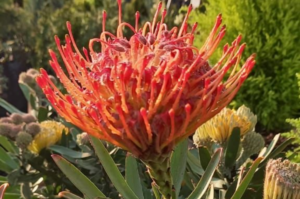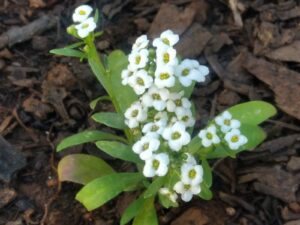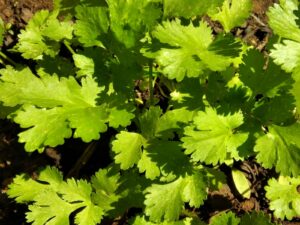Tugela cliff-kalanchoe is a succulent that mainly grows on rocky cliffs and slopes. Its leaves are greenish-gray and fleshy with blue and red tints, and they can change color depending on light exposure. Another stunning feature of the foliage is it’s shell-like shape with toothed edges that often produce clusters of bright yellow flowers that contrast with the leaves.

Pincushions
Pincushions are evergreen shrubs that belong to the protea family. They have leathery, green, and heart-shaped or toothed foliage with



